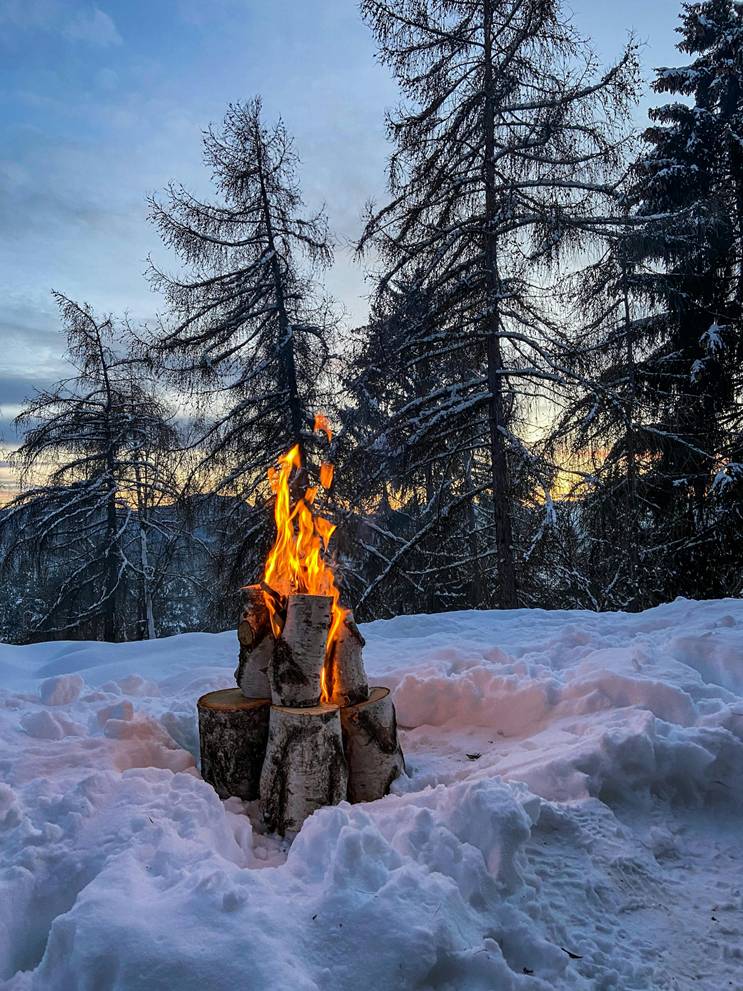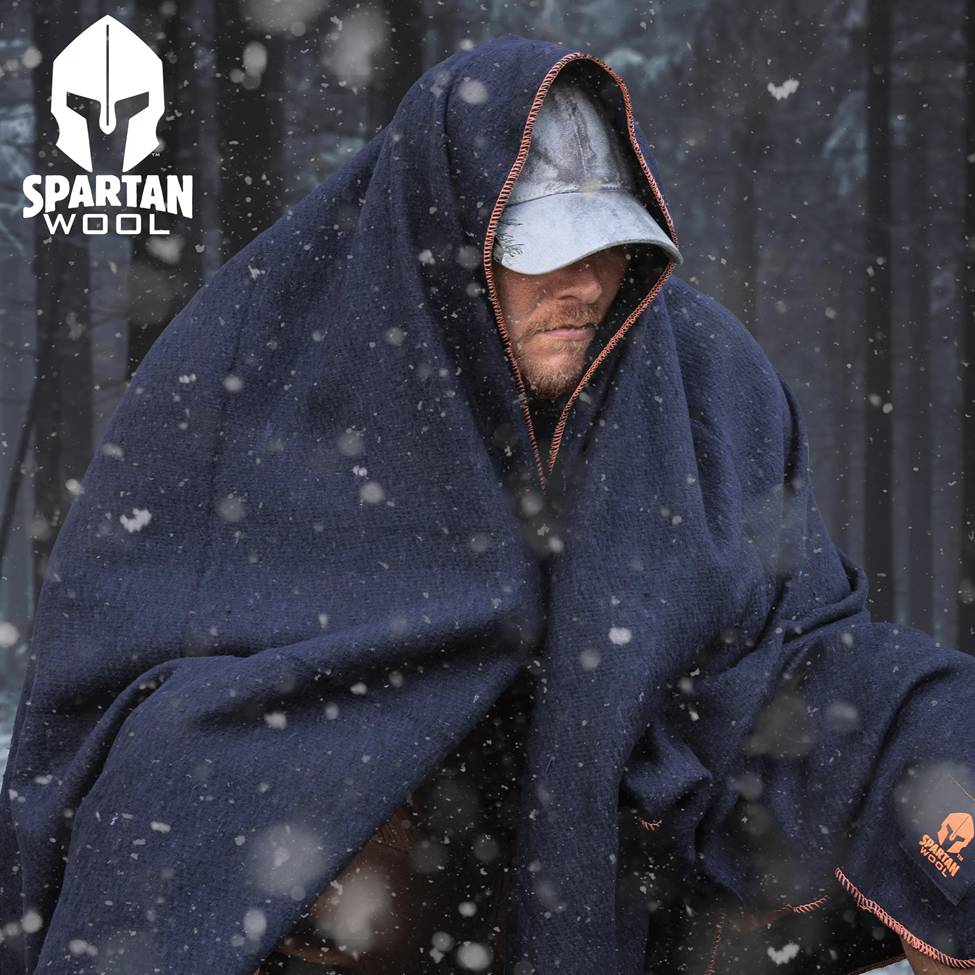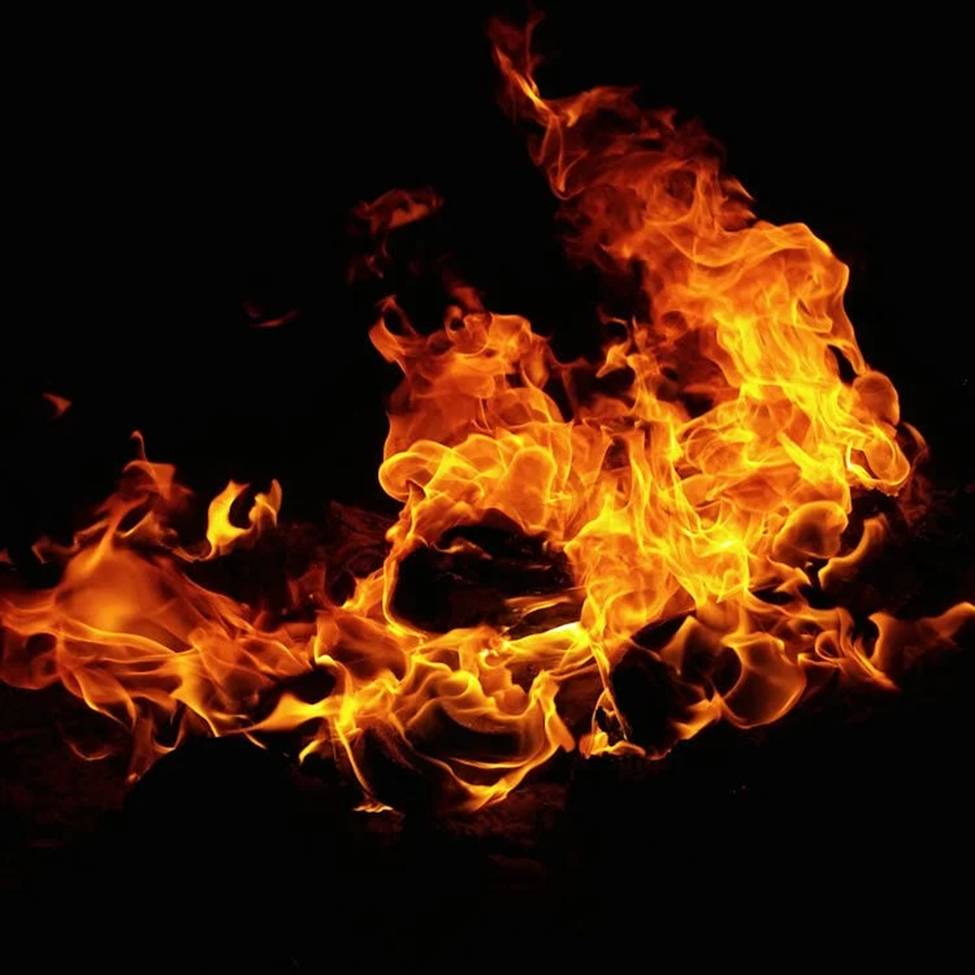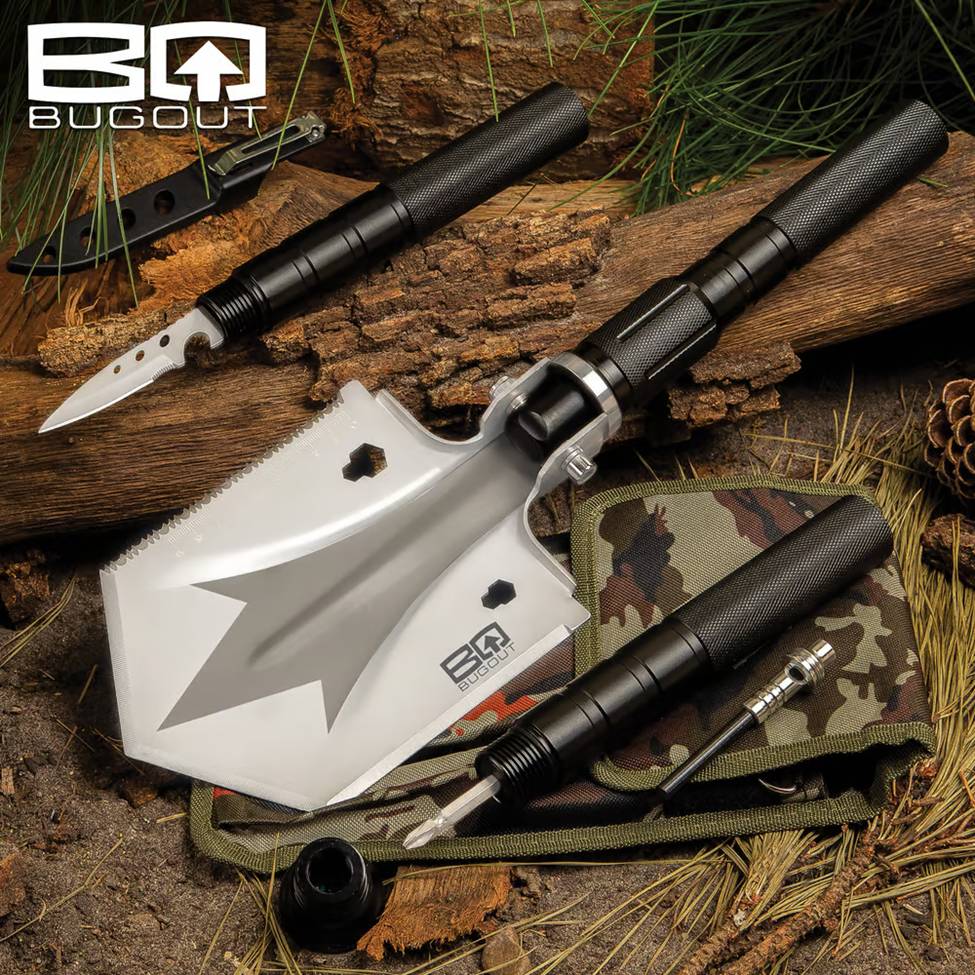7 Extreme-Cold Weather Survival Gear Essentials


Survival in the extreme cold is a unique type of beast, and we’re not talking about chilly, near-freezing temperatures here. We’re talking about when the thermometer dips below zero. For those of you that have ever experienced truly extreme cold, you know that staying alive is not just about keeping warm, but preventing dehydration and avoiding the confusion that arises from hypothermia These 7 pieces of extreme-cold weather survival gear can help keep you safer even when the mercury dips to ludicrously low levels.
Wool Thermal Wear


First and foremost, keeping warm starts with how you’re prepared with clothing. Regardless of brand and type of thermal wear, you will want three main layers :
- A base layer or wicking layer, made of a lightweight, breathable material that wicks moisture away from your skin and provides a modicum of insulation.
- A thicker midlayer that affords a more rigorous buffer against the cold and traps heat, keeping you warm.
- An outer shell, which is windproof and waterproof, preventing you from getting cold or experiencing too much windchill.
All in all, the best thermal wear is wool because wool is tougher than synthetics and unlike many of them (and some natural fibers like cotton) wool retains 70% of its insulative properties even when it is wet. Also, in extreme cold, you will want to minimize the surface area of your body that is exposed to the air. This means wearing full-finger gloves or mittens, heavy winter boots appropriately rated for the temperature (with wool socks) and a hat. A balaclava or facemask can also help prevent frostbite to your nose and ears.
Handwarmers
Emergency hand warmers (and toe warmers) can help protect your fingers and toes against frostbite arising due to extreme cold exposure, which in some instances can occur even through your gloves or boots when it is truly cold. There are two main types of handwarmers; electric and chemical handwarmers. Both are serviceable but all in all chemical versions are probably better as they are very reliable even off the grid and don’t need any power to work.
Emergency Blankets
Also known as space blankets, emergency blankets are an odd piece of extreme cold-weather survival gear, but a critical one nonetheless. You might think at first that it’s odd how something so light and they can keep you warm, but surprisingly, they work by reflecting body heat back inwards towards you. They can be impressively effective at preventing heat from escaping, despite their low weight, thin construction, and packability.
Considering the fact that most emergency blankets weigh only a small fraction of an ounce and can pack down into the same space as a deck of cards, any collection of extreme-cold weather survival gear should contain them. While not the same as emergency blankets, wool-blend blankets can also be helpful for survival in extreme cold, as they retain their thermal efficiency even when wet and are highly effective insulators.
Water
Water won’t keep you from freezing, but it can keep you alive, and the surprising truth is that you can get dehydrated just as quickly and easily in extreme cold, and sometimes even more quickly, than in extreme heat. The thing about extremely cold air is that it, unlike hot air, cannot hold a lot of moisture. Herein lies the problem. While you might not feel it, in extremely cold air, your body is losing moisture imperceptibly, even when you aren’t noticeably sweating
This makes dehydrating a marked, yet silent risk in extreme cold, and one against which you should be guarded. Therefore, it is necessary to always keep a viable supply of water on you in the cold. Another tip: it’s not safe to drink cold water in the cold as this will lower your core temperature. Rather, keep a small flask close to your body not only so that it doesn’t freeze, but so that it stays warm.
Fire Starters


Why you should carry fire starters in the cold is something that should go without saying and needs no explanation here. There is one caveat we will issue, however. Refillable lighters that use butane are very ineffective in the cold, and in truly extreme temperatures - say, below zero - they may not even light. This can make it extremely difficult to start a fire using one. All other types of fire starters, however, remain effective, and you should follow the maxim that two is one and one is none, so you should always carry a spare
A Headlamp
A headlamp is a highly effective piece of cold weather survival equipment, specifically, because it keeps your hands free. It can be tough to use your hands in the cold and a headlamp keeps them both free for more exigent tasks, anyway. Plus, it can be hard to handle an EDC flashlight with thick gloves anyway
A Shovel


Lastly, a shovel is a necessary piece of extreme cold weather survival gear. The shovel itself won’t keep you from freezing, but it can be used to dig a pit for a fire that will keep it out of the wind, and that can. Moreover, a shovel is the single most effective tool for shelter construction in extreme cold, especially with snow cover. You might be surprised just how effective a pit shelter in the snow can be, and believe it or not, despite the fact that it is literally freezing, snow is a great insulator. You can build a snow structure and easily get the interior temperature into the teens or twenties, even if the temperature outside is way below that.
Gear Up with Extreme Cold Weather Survival Gear Here
Here for extreme cold weather survival gear? Whether you’re looking for an emergency blanket or fire starters, we have them. Shop our collection so you can be better prepared the next time winter rolls around.